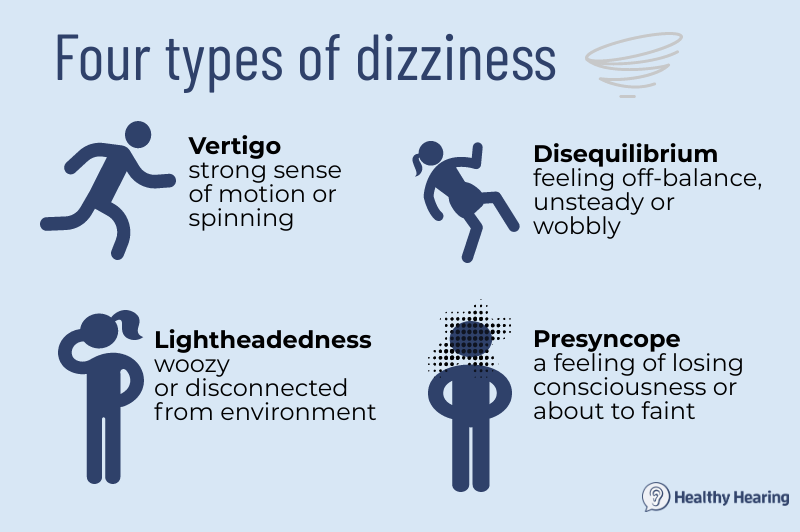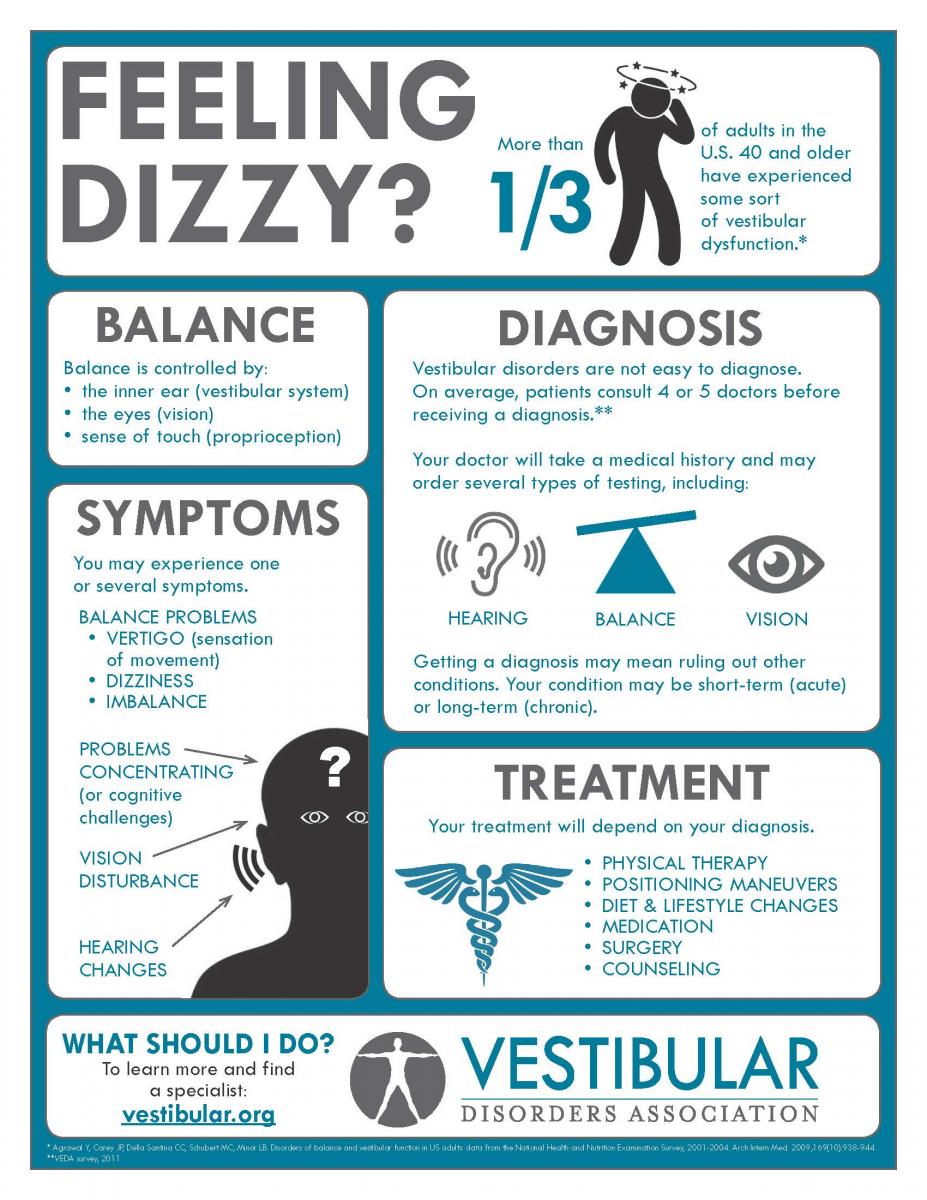Orthostatic Hypotension: A Common Cause of Dizziness When Standing
Orthostatic hypotension, also known as postural hypotension, is a condition characterized by a significant drop in blood pressure when transitioning from a lying or sitting position to a standing position. This rapid decrease in blood pressure can lead to inadequate blood flow to the brain, causing dizziness, lightheadedness, or even fainting in some cases. The primary question, “why do I get dizzy when I stand,” may often be attributed to this common cause.
The symptoms of orthostatic hypotension typically manifest within a few minutes of standing up and can vary in severity. In addition to dizziness, individuals may experience blurred vision, weakness, confusion, or a rapid heartbeat. Certain risk factors can increase the likelihood of developing orthostatic hypotension, such as age, certain medications, dehydration, prolonged bed rest, or underlying medical conditions like diabetes, Parkinson’s disease, or heart disorders.
Other Potential Causes of Dizziness When Standing
Dizziness upon standing can also be attributed to various other factors, including dehydration, low blood sugar, and inner ear issues. Understanding these causes can help individuals address their concerns and find appropriate solutions.
Dehydration can lead to a decrease in blood volume, causing a drop in blood pressure and reduced blood flow to the brain. This can result in feelings of dizziness or lightheadedness when standing. To prevent dehydration, it is essential to consume an adequate amount of water daily, especially when engaging in physical activities or in hot weather conditions. Additionally, limiting alcohol and caffeine intake can help maintain proper hydration levels.
Low blood sugar, or hypoglycemia, can also contribute to dizziness when standing. When blood sugar levels drop, the body may not have enough energy to maintain proper blood pressure, leading to feelings of dizziness or weakness. Consuming balanced meals with appropriate carbohydrate, protein, and fat ratios can help regulate blood sugar levels and prevent dizziness. Moreover, individuals taking medications that lower blood sugar should monitor their levels closely and follow their healthcare provider’s recommendations.
Inner ear issues, such as benign paroxysmal positional vertigo (BPPV), Meniere’s disease, or vestibular neuritis, can affect the body’s balance and cause dizziness when standing or changing positions. These conditions can result from damage to the inner ear’s vestibular system, which plays a crucial role in maintaining balance and spatial orientation. Individuals experiencing inner ear-related dizziness should consult a healthcare professional for proper diagnosis and treatment.
How the Human Body Regulates Blood Pressure When Changing Positions
Transitioning from a lying or sitting position to standing involves a complex physiological process that helps regulate blood pressure. When standing, gravity pulls blood toward the lower extremities, increasing the pressure in the veins and reducing the amount of blood returning to the heart. In response, the body activates several mechanisms to maintain adequate blood flow to vital organs, primarily the brain.
The autonomic nervous system plays a critical role in regulating blood pressure during position changes. This system consists of two primary components: the sympathetic nervous system and the parasympathetic nervous system. The sympathetic nervous system prepares the body for action by increasing heart rate and constricting blood vessels, while the parasympathetic nervous system conserves energy and promotes relaxation by slowing the heart rate and dilating blood vessels. When standing, the sympathetic nervous system becomes more active, releasing hormones like norepinephrine and epinephrine to help maintain blood pressure.
Additionally, the body’s baroreceptors, specialized sensory structures located in the heart, carotid arteries, and aortic arch, detect changes in blood pressure and relay this information to the brain. In response to a decrease in blood pressure, the brain stimulates the heart to contract more forcefully and increases peripheral vascular resistance, thereby restoring blood pressure to normal levels. Proper regulation of blood pressure is essential to prevent dizziness and maintain balance when standing.
Recognizing Personal Triggers for Dizziness When Standing
Individuals who frequently experience dizziness when standing can benefit from identifying their specific triggers. By understanding what causes their symptoms, they can take proactive measures to prevent or minimize episodes of dizziness. Keeping a diary is an effective way to document instances of dizziness and identify patterns or common factors.
The diary should include details such as the time of day, duration, and severity of dizziness, as well as any activities or factors that may have contributed to the episode. Examples of potential triggers include sudden changes in position, prolonged periods of inactivity, consuming alcohol or caffeine, dehydration, or certain medications. By tracking these factors, individuals can better understand their personal triggers and develop strategies to avoid or mitigate them.
It is essential to recognize that triggers can vary from person to person. For example, some individuals may find that dizziness is more likely to occur after eating a large meal, while others may notice an increase in symptoms when standing in a hot or crowded environment. By maintaining a detailed diary, individuals can gain valuable insights into their specific triggers and work with their healthcare provider to develop a personalized plan to manage their symptoms.
Lifestyle Changes to Prevent Dizziness When Standing
Adopting certain lifestyle habits can help regulate blood pressure and reduce the likelihood of experiencing dizziness when standing. These adjustments include staying hydrated, maintaining a balanced diet, and incorporating regular exercise into your routine.
Staying hydrated is crucial for maintaining proper blood pressure and preventing dizziness. Dehydration can cause a decrease in blood volume, leading to a drop in blood pressure when standing. Aim to drink at least eight glasses of water per day, and increase your fluid intake during physical activities or in hot weather conditions. Additionally, avoid excessive consumption of alcohol and caffeine, as these substances can contribute to dehydration.
Maintaining a balanced diet is essential for overall health and well-being. Consuming a diet rich in fruits, vegetables, lean proteins, and whole grains can help regulate blood pressure and reduce the risk of developing orthostatic hypotension. Moreover, ensure that your diet includes adequate amounts of essential nutrients, such as potassium, magnesium, and vitamin B12, which play crucial roles in maintaining healthy blood pressure levels.
Regular exercise is another vital component of a dizziness-prevention plan. Engaging in physical activities like walking, swimming, or cycling can help strengthen the cardiovascular system, improve circulation, and regulate blood pressure. Aim for at least 30 minutes of moderate-intensity exercise most days of the week, and consult your healthcare provider before starting any new exercise program.
How to Safely Transition from a Lying or Sitting Position
Implementing specific techniques when transitioning from a lying or sitting position to standing can help minimize symptoms of dizziness. By following these steps, individuals can gradually adjust to the change in blood pressure and reduce the likelihood of experiencing dizziness.
Rise slowly: Instead of standing up quickly, take your time. Gradually move from a lying or sitting position to a seated position, and then pause for a few seconds before standing. This allows your body to adjust to the change in blood pressure and reduces the risk of dizziness.
Pump the legs: Before standing, pump your legs a few times while seated. This action helps stimulate circulation and increases blood flow to the brain, making it easier to stand without experiencing dizziness.
Maintain good posture: Stand up straight with your shoulders back and head held high. Poor posture can contribute to feelings of dizziness, as it may restrict blood flow to the brain. By maintaining good posture, individuals can help ensure proper blood flow and reduce the likelihood of experiencing dizziness.
Additional tips: To further minimize symptoms of dizziness when standing, consider using support, such as a chair or wall, to help maintain balance. Additionally, avoid crossing your legs, as this can restrict blood flow and contribute to feelings of dizziness.
When to Consult a Healthcare Professional
Dizziness when standing can be a temporary or ongoing issue, and in some cases, it may indicate an underlying health concern. It is essential to understand when to consult a healthcare professional to address chronic dizziness and ensure overall well-being.
Consider seeking medical advice if dizziness is severe, persistent, or accompanied by other concerning symptoms. These symptoms may include chest pain, shortness of breath, difficulty speaking, or loss of consciousness. Additionally, if dizziness interferes with daily activities, such as work, school, or driving, it is crucial to consult a healthcare professional for further evaluation.
A healthcare professional can help determine the underlying cause of chronic dizziness and recommend appropriate treatment options. This may involve conducting a thorough physical examination, reviewing medical history, and ordering diagnostic tests, such as blood pressure monitoring or inner ear assessments. Based on the results, the healthcare professional may refer the individual to a specialist, such as a cardiologist, neurologist, or audiologist, for further evaluation and management.
Medical Treatments and Interventions for Dizziness When Standing
For individuals experiencing chronic dizziness when standing, various medical treatments and interventions can help manage symptoms and improve overall quality of life. These options may include medication, physical therapy, and lifestyle modifications.
Medication
Healthcare professionals may prescribe medication to help regulate blood pressure and reduce symptoms of dizziness. These medications may include:
- Fludrocortisone: A synthetic steroid that helps the body retain sodium and water, increasing blood volume and blood pressure.
- Midodrine: A medication that constricts blood vessels, increasing blood pressure and reducing symptoms of dizziness.
- Pyridostigmine: A medication that improves nerve function and can help alleviate symptoms of orthostatic hypotension.
Physical Therapy
Physical therapy can help individuals with chronic dizziness develop strategies to manage their symptoms. A physical therapist may recommend exercises to improve balance, strengthen the cardiovascular system, and increase tolerance to positional changes. These exercises may include:
- Head-raising exercises: Gradually increasing the duration and angle at which the head is raised while lying down.
- Tilt table training: A procedure in which a patient is secured to a table that is tilted to simulate standing, allowing the body to adapt to the change in position.
- Gait and balance exercises: Activities designed to improve stability, coordination, and overall balance.
Lifestyle Modifications
In addition to medication and physical therapy, lifestyle modifications can help reduce symptoms of dizziness when standing. These modifications may include:
- Compression stockings: Graduated compression stockings can help improve circulation and reduce symptoms of orthostatic hypotension.
- Elevating the head of the bed: Elevating the head of the bed by approximately six to eight inches can help reduce symptoms upon waking.
- Avoiding triggers: Identifying and avoiding personal triggers for dizziness, such as prolonged standing, hot showers, or alcohol consumption.
By working closely with a healthcare professional, individuals can develop a personalized treatment plan to manage chronic dizziness when standing and improve their overall quality of life.








